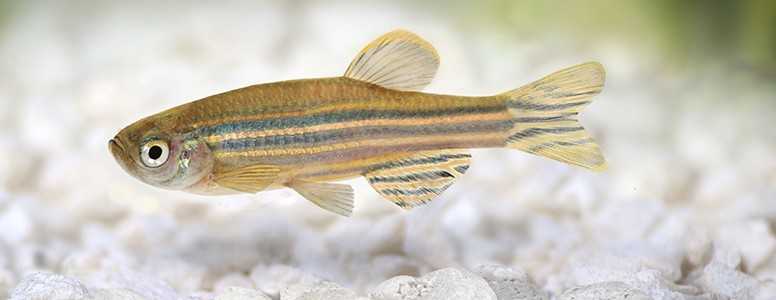Scientists have used zebrafish embryos to develop a screening technique that could lead to the development of new and more effective type 1 diabetes medicines.
The research, conducted by researchers from Johns Hopkins University, has already been used to identify 24 possible candidates for new diabetes drugs.
The technique is adapted from high throughput screening (HTS), which was devised in the 1980s. HTS uses robotic equipment to test tissue samples with potential drugs. Specially programmed computers search for chemical compounds that produce the effect the researchers are seeking to trigger. HTS can be used to process tens of thousands of samples every day.
However, HTS has rarely been effective, because using specific tissues or cells is not the same as using whole animals. To address this, the researchers used zebrafish in their experiments.
Zebrafish are unusually useful as model organisms for biological research because they are transparent; researchers can easily see what effects their experiments are having when they use zebrafish. At the same time, zebrafish share many genes with humans, which means many of the effects on their cells and tissues will translate to humans.
The researchers bred a group of zebrafish that were essentially colour-coded: insulin-producing beta cells in the pancreas glowed yellow, and other pancreatic cells – those that don’t produce insulin – glowed red. They then tested thousands of compounds on the zebrafish, using specially designed computer programs to pick up on the different colours produced.
Over the course of the experiment that involved more than 500,000 colour-coded zebrafish embryos, the researchers discovered 24 compounds that increased the amount and intensity of yellow. In other words, 24 compounds increasing the number of insulin-producing beta cells in the pancreas.
Aside from the 24 compounds, the researchers were also surprised to discover that the beta cell production increase was often triggered by biological pathways that have never before been observed. One compound increased the amount of “yellow” in the zebrafish through a pathway involving serotonin.
The researchers hope that the findings will one day lead to new drugs capable of increasing the production of insulin-producing beta cells in the pancreas. Otherwise, it might provide a more effective way of growing beta cells in a lab for transplantation. From there, they hope to use the technique to find new drugs for other diseases.
“More studies need to be done, but we think there’s potentially no limit on the diseases this screening disease could be applied to other than the human imaginatio,” said Jeffrey Mumm, PhD, Associate Professor of Ophthalmology at the Johns Hopkins University School of Medicine.
What's new on the forum? ⭐️
Get our free newsletters
Stay up to date with the latest news, research and breakthroughs.







